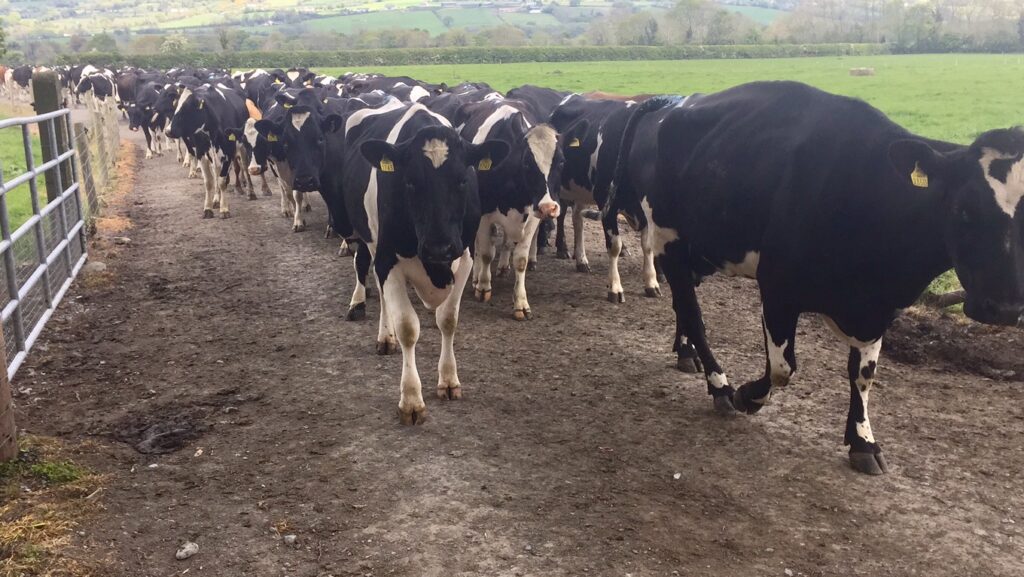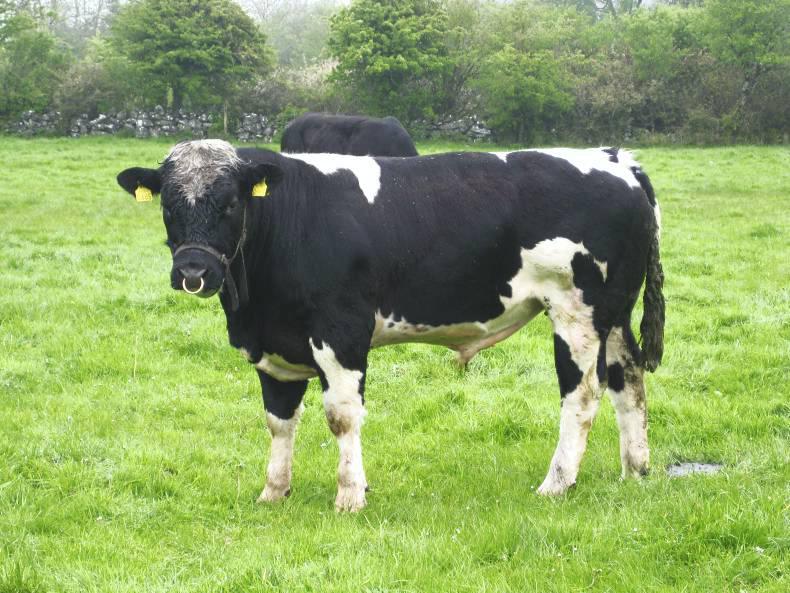By now, the breeding season will have kicked off on many dairy farms across the country.
So if you haven’t, thoughts should turn to putting a plan in place to make life easier over the coming weeks.
Without a plan, the breeding season can become a lot busier and more stressful than it needs to be.
The time for making decisions should be done now, before breeding starts, not halfway through when the pressure is on and the time for thinking things through is a lot less.
A couple of things farmers should plan ahead for and keep in mind are:
- Deciding what cow is getting what;
- Monitoring progress;
- Dealing with non-cyclers;
- Managing bulls.
What cow is getting what?
Before mating start date (MSD), farmers should know what cow is getting what, whether it be a replacement straw, a beef straw or no straw at all.
To make life easier and avoid any confusion about what cow is getting what, the herd should split up into three groups.
- Cows being bred for replacements;
- Cows getting beef straws;
- Cows marked for culling.
Some farmers may or may not have got the chance to milk record their herd due to Covid-19; however, if this is the case, then farmers can use their Economic Breeding Index (EBI) report card instead to come up with a target performance level.
Cows that don’t reach the required target performance should get beef AI or if they fall well below the target then culling should be considered.
Monitoring Progress
In order to achieve a compact calving season next spring, a farmer’s plan should include how they intend to get as many cows bred as quickly as possible.
The target three-week submission rate is 90%, so this should be kept in mind. If this target submission rate can be achieved, it will offer a number of benefits next spring.
These include:
- Getting the calving season over and done with quicker;
- Allow for a longer lactation period, which can help to avoid milking cows late in the year;
- Allow for a well-needed gap between calving and the breeding season.
For example, for a typical 110-cow herd – with 100 cows intended for breeding – to achieve a three-week submission rate you would need to be submitting four to five cows a day for breeding – to reach the target of 90% in three weeks.
If this isn’t happening and only one or two cows are being submitted on a daily basis, you may need to up your heat detection game.
Also Read: What are my options when it comes to heat detectionThis could include going out and observing cows a few hours after milking in the morning, evening or even in the middle of the day.
On the other hand, your method of heat detection may need to be looked at to see if anything needs to be changed.
In order to keep track of what cows have been submitted, it should be noted either on a piece of paper or in the milking parlour so that no cow slips through the cracks and isn’t bred.
Dealing With Non-Cyclers
It is inevitable that throughout the course of the breeding season that farmers are going to have to deal with non-cycling cows. Therefore, a plan should be put in place to identify these cows as soon as possible so that they can be treated.
It will vary from farm-to-farm, but some farmers will carry out pre-breeding heat detection and catch any non-cyclers then; others will wait until they have started breeding and scan what is not bred after three-weeks.
From the scan, you will be able to tell what is going on and you will be able to decide from there whether the cow needs a washout, hormonal treatment or just more time.
Late-calving cows will not show heat as quickly as cows calved earlier in the season. Therefore, these cows will just need more time to resume cycling or, if it’s a case that farmers want to get these cows cycling quicker again, then placing them on once-a-day (OAD) milking may help this to happen.
Managing bulls
At the start of the breeding period farmers may not pay too much attention to the bulls they plan on using later in the season, as the focus will be breeding as many cows with AI.
However, a plan should be put in place to ensure that either the vasectomised bulls and/or stock bulls that are going to be used are in good condition/health.
In terms of vasectomised bulls, it is important that they are managed properly. What is meant by this is that they shouldn’t be introduced to the herd too early in the breeding season.
As the number of cows that are bred increases, it becomes more difficult to identify cows that are in heat.
Therefore, if they are introduced too early – when activity is high – then there is an increased risk of them becoming worn out and getting injured.
If possible, the best thing to do is to introduce them after three weeks of breeding, when activity has died down and when it comes to the stage that you are finding it hard to detect cows that are in heat.
If you’re planning on using stock bulls they need to be purchased now; or if they are already in the yard they should be fertility tested to make sure that they are in good working order.



